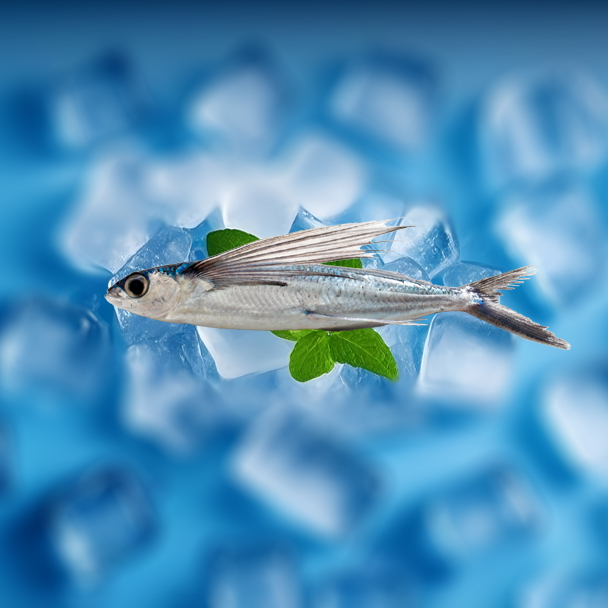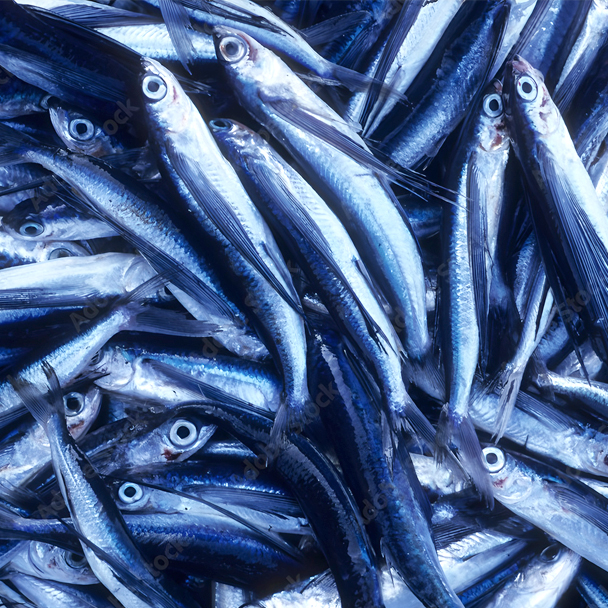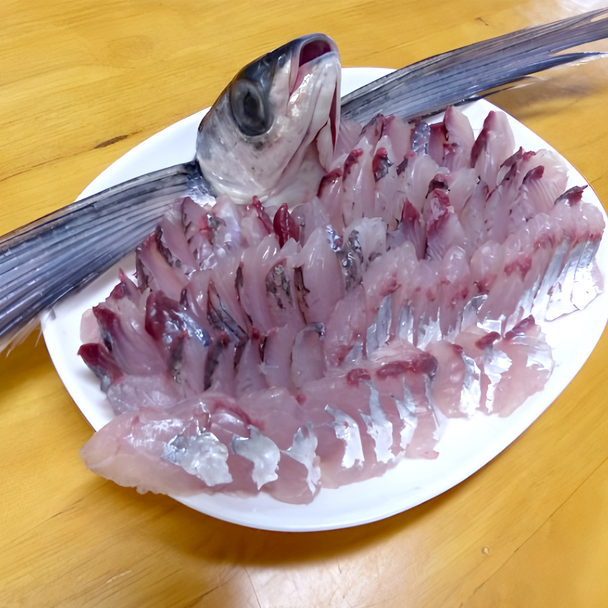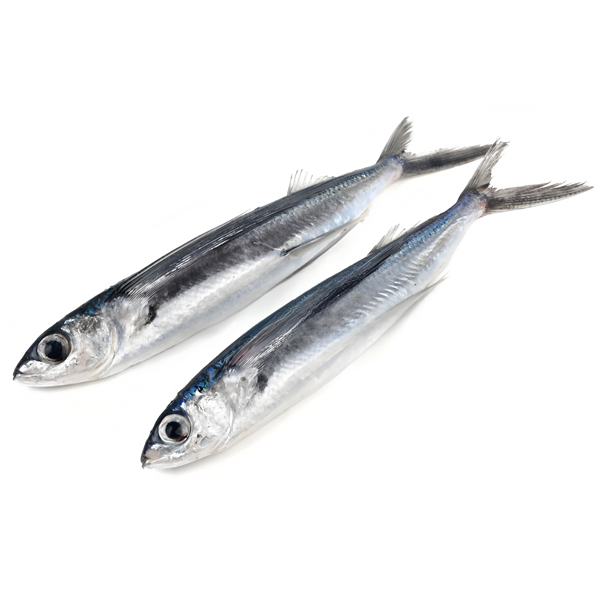










Flying fish (scientific name: Exocoetidae) are a family of marine fish widely distributed in tropical and subtropical oceans, including the Pacific, Indian, and Atlantic. They are especially common in areas such as Taiwan, Japan, and the Philippines. Flying fish are named for their unique gliding ability—they can leap out of the water and glide for tens, sometimes over a hundred meters, using their enlarged pectoral fins to escape predators like tuna or dolphins.
Their bodies are spindle-shaped and streamlined, typically 20 to 30 cm in length, with a silver-blue color and fine, reflective scales. Many species have highly developed pectoral fins, and some also have elongated pelvic fins, forming the so-called “four-winged flying fish.”
Flying fish have tender flesh with a light, clean flavor, rich in protein and various vitamins. In East Asia, they are a traditional ingredient—dried flying fish (ago-boshi) is commonly used in Japanese soup stocks. They are also prepared as sashimi, grilled, or deep-fried. The roe, known as tobiko, is popular in sushi for its vibrant color and crunchy texture.
